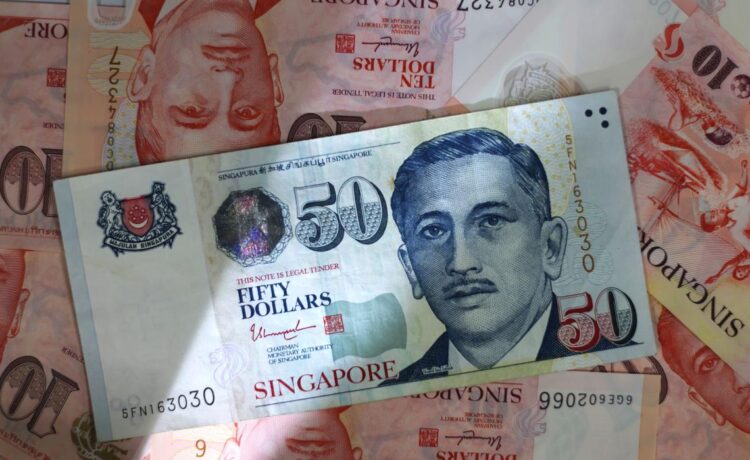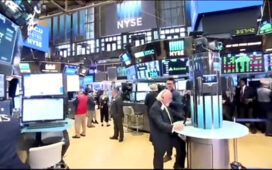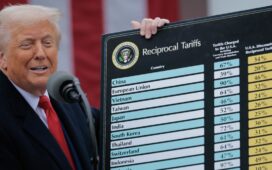SINGAPORE – The Singapore dollar’s outperformance in the first quarter of 2025 can extend over the near-term, at least according to a Bloomberg analysis of its relationship with other markets.
The local currency benefits the most in the region when the Bloomberg Dollar Spot Index weakens and also during times when the euro gains versus the US dollar as per a Bloomberg analysis of seven variables based on five years of weekly data. That dynamic is currently playing out.
The US currency slid in Asian trading on April 3 on worries the sweeping tariffs Trump announced overnight on all US imports will hurt US growth and stoke inflation, leading to sharper-than-expected Federal Reserve rate cuts..
The Bloomberg Dollar Spot Index fell 0.5 per cent, while the US dollar weakened 0.15 per cent against the Singapore currency at 1.3437 as at 11.27am.
The euro surged following the tariff announcements and was up 0.63 per cent at US$1.091625.
Traditional safe-haven currencies, the Japanese yen and the Swiss franc strengthened. The yen rose nearly 1 per cent to 147.99 per US dollar, while the Swiss franc was stronger at 0.87815 per dollar.
The Singdollar beat major Asian currencies except for the yen in the first quarter with its 1.7 per cent advance as doubts over US exceptionalism pummeled the greenback, and the euro surged on the region’s defense spending plans. The rally came even as the Monetary Authority of Singapore, which uses the exchange rate as its main policy tool, loosened its policy settings for the first time in nearly five years in January.
“The Singapore dollar’s outperformance versus peers may continue in the near term, buoyed by its status as a regional safe haven amid rising global trade tensions,” said Stephen Chiu, chief Asia foreign-exchange and rates strategist at Bloomberg Intelligence (BI).
Its outperformance has also been helped by “Singapore’s FX-basket policy, with the Singapore dollar nominal effective exchange rate still on an appreciation bias against the basket of currencies of its top trading partners,” BI’s Chiu added. China, Malaysia and US were Singapore’s top trading partners in 2024, according to the nation’s statistics department.
Demand for the Singdollar may sustain even as expectations for further MAS policy easing grow, with core inflation in February rising at the slowest pace since June 2021. Economists from Barclays, Bank of America and Citigroup are among those calling for MAS to ease further its Singdollar policy in April.
Meanwhile, the US dollar faces depreciation pressure as investors question the currency’s haven status due to President Donald Trump’s tariff policies and hedge funds have turned bullish on the euro for the first time since September. BLOOMBERG
Join ST’s Telegram channel and get the latest breaking news delivered to you.





